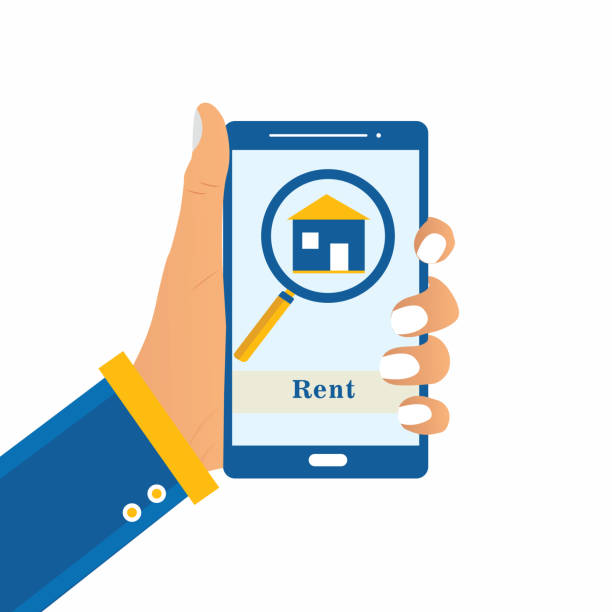Private rental agreements serve as the backbone of landlord-tenant relationships, offering a structured framework that defines rights, obligations, and expectations for both parties involved. Whether you’re a landlord leasing out your property or a tenant seeking a place to call home, understanding the intricacies of private rental agreements is crucial for a smooth and hassle-free rental experience.
Introduction to Private Rental Agreements
Private rental agreements, also known as lease agreements or rental contracts, are legal documents that outline the terms and conditions of a rental arrangement between a landlord and a tenant. These agreements establish the rights and responsibilities of each party regarding the use and occupancy of a property for a specified period.
Understanding the Importance of Private Rental Agreements
Private rental agreements play a pivotal role in providing clarity and structure to the landlord-tenant relationship. By delineating expectations and obligations upfront, these agreements help prevent misunderstandings and disputes down the line. They serve as a binding contract that protects the interests of both parties and ensures a mutually beneficial arrangement.
Components of a Private Rental Agreement
A well-crafted private rental agreement should encompass several key components to provide comprehensive coverage and legal validity.
Key Clauses and Terms
- Tenancy Duration: Clearly specify the duration of the tenancy, whether it’s a fixed-term lease or a month-to-month agreement.
- Rent Payments: Outline the amount of rent due, the due date, accepted payment methods, and any penalties for late payments.
- Security Deposit: Detail the amount of the security deposit required, conditions for its refund, and permissible deductions.
- Property Use: Define how the rental property can be utilized, including restrictions on subleasing and alterations.
- Maintenance Responsibilities: Clarify the responsibilities of both parties regarding property maintenance, repairs, and upkeep.
Legal Requirements
Ensure compliance with local landlord-tenant laws and regulations when drafting a private rental agreement. Certain jurisdictions may have specific requirements or prohibitions regarding lease terms, security deposits, eviction procedures, and tenant rights.
How to Draft a Private Rental Agreement
Drafting a private rental agreement requires careful consideration of various factors to meet the needs and preferences of both parties involved.
Essential Details to Include
- Identifying Information: Include the full names and contact information of the landlord and tenant(s).
- Property Description: Provide a detailed description of the rental property, including its address and any amenities or restrictions.
- Utilities and Services: Specify which utilities and services are included in the rent and which are the tenant’s responsibility.
- Rules and Regulations: Establish rules and regulations governing tenant conduct, noise levels, pet policies, and parking arrangements.
Customization for Specific Situations
Tailor the rental agreement to address specific circumstances or unique requirements, such as allowing for modifications to accommodate pets or accommodating special requests from tenants with disabilities.
The Benefits of Using a Private Rental Agreement
Private rental agreements offer several advantages for both landlords and tenants, making them an indispensable tool in the rental process.
Flexibility for Landlords and Tenants
Private rental agreements allow for flexibility in negotiating terms and conditions that meet the needs and preferences of both parties. Landlords can stipulate their rental policies and requirements, while tenants can negotiate terms that align with their lifestyle and budget.
Protection of Rights and Responsibilities
By clearly defining rights and responsibilities, private rental agreements help protect both landlords and tenants from potential disputes or misunderstandings. They serve as a legally binding contract that can be referenced in case of disagreements or breaches of contract.
Common Mistakes to Avoid in Private Rental Agreements
Despite their importance, private rental agreements can be prone to errors and oversights that may lead to complications or legal issues.
Ambiguity and Vagueness
Avoid vague or ambiguous language that can lead to misinterpretation or disputes. Clearly articulate the terms and conditions straightforwardly to ensure mutual understanding.
Ignoring Legal Obligations
Failure to adhere to legal requirements or omitting crucial clauses can render a private rental agreement unenforceable or invalid. Be diligent in researching and incorporating necessary provisions to comply with local laws and regulations.
Ensuring Fairness and Clarity in Private Rental Agreements
To foster a positive and transparent rental relationship, landlords and tenants should prioritize fairness and clarity in their private rental agreements.
Clear Communication
Open and honest communication is essential for resolving conflicts and addressing concerns promptly. Encourage dialogue and feedback to maintain a harmonious landlord-tenant relationship.
Seeking Legal Advice
When in doubt, seek legal counsel or professional guidance to ensure that your private rental agreement is comprehensive, enforceable, and compliant with relevant laws and regulations.
The Role of Private Rental Agreements in Property Management
Private rental agreements serve as a cornerstone of effective property management, offering structure and guidance in navigating the complexities of the rental market.
Establishing Boundaries and Expectations
By clearly outlining expectations and boundaries, private rental agreements help establish a mutually respectful relationship between landlords and tenants. They provide a framework for addressing issues proactively and maintaining property standards.
Handling Disputes and Resolutions
In the event of disputes or disagreements, private rental agreements provide a framework for resolving conflicts through mediation, arbitration, or legal recourse. Having clear protocols in place can expedite the resolution process and mitigate potential damages.
Conclusion
In conclusion, private rental agreements are invaluable tools for landlords and tenants alike, providing clarity, protection, and structure in the rental process. By understanding the essential components and best practices for drafting and implementing private rental agreements, individuals can foster positive and mutually beneficial rental relationships while mitigating risks and legal liabilities.
